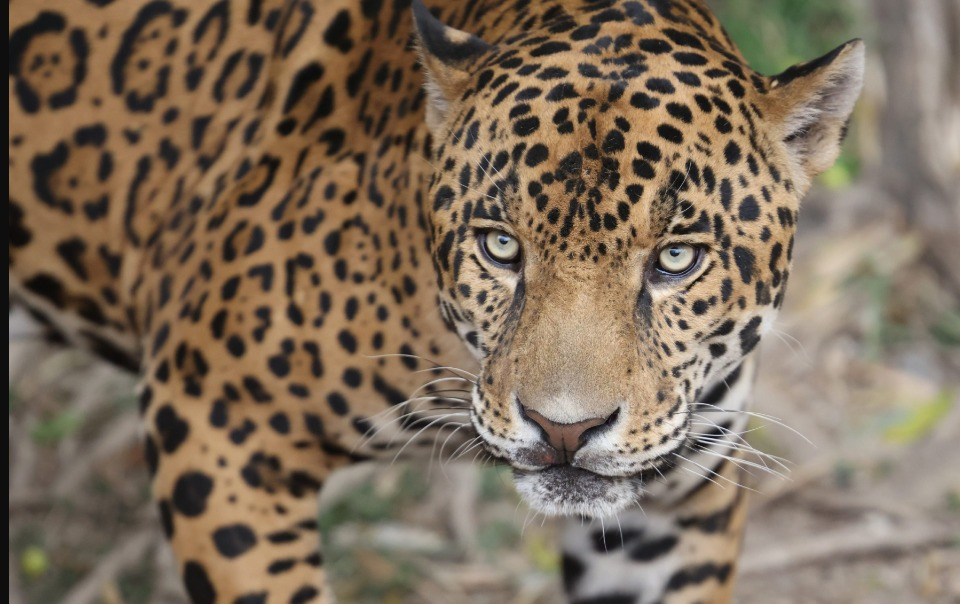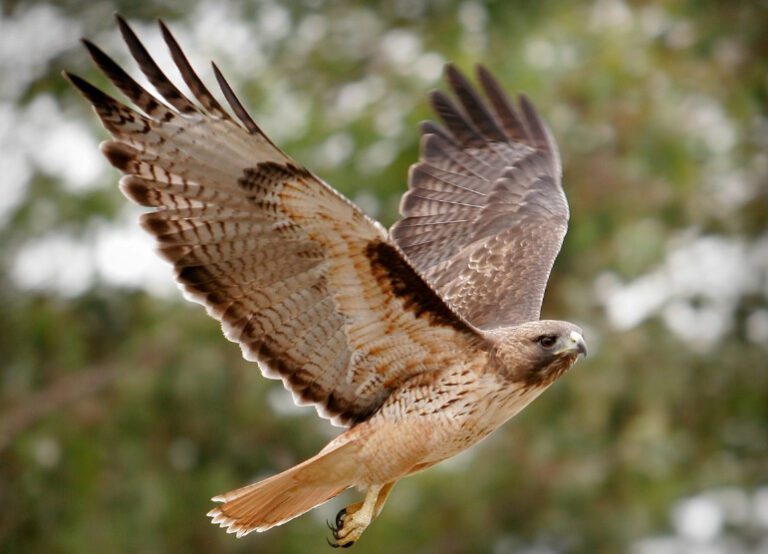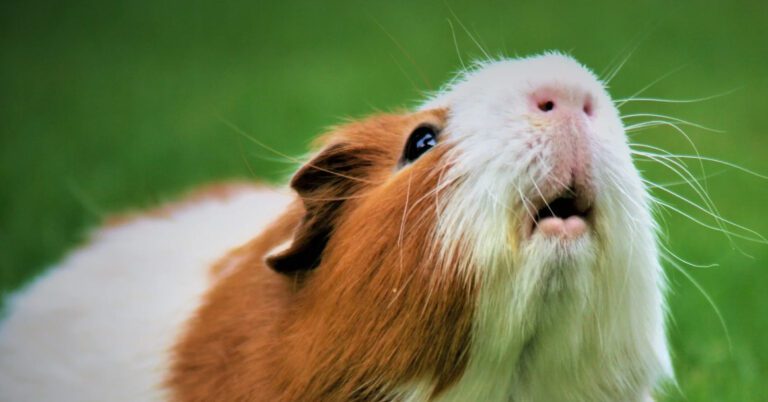Discover the Ultimate Jaguars Favorite Food | Unveiling the Top Prey Choices
Explore the delectable world of jaguars favorite food! From capybaras to peccaries, uncover the top prey choices that fuel these majestic predators. Learn more now!
Introduction
The jaguar, with its enigmatic presence and undeniable majesty, has long captivated the human imagination. This formidable predator, cloaked in a coat of stunning rosettes, moves with a grace that belies its incredible power. As the third-largest big cat in the world, after tigers and lions, and the largest in the Americas, the jaguar embodies the untamed spirit of the rainforests, scrublands, and wetlands it calls home. The allure of the jaguar lies not only in its physical beauty and strength but also in its symbolic significance to many cultures, representing authority, ferocity, and protection.
The Dietary Habits of Jaguars
Understanding Prey Preference
Jaguars are apex predators, meaning they sit at the top of the food chain with no natural predators of their own. This dominant position allows them to be selective in their diet, which is crucial for their survival and the maintenance of their habitats. Jaguars typically prefer medium-to-large-sized prey, a preference that ensures they receive the maximum nutritional benefit with the least expenditure of energy. Their powerful jaws and sharp teeth enable them to take down and consume prey with ease, making them formidable hunters.
The Role of Habitat
The habitat of a jaguar plays a significant role in determining its diet. Jaguars are adaptable animals that can live in a variety of environments, from dense tropical rainforests and swampy wetlands to scrublands and grasslands. Each of these habitats offers a different array of prey, and jaguars adjust their hunting techniques and diet accordingly. In dense forests, they may rely more on stealth to ambush prey, while in open areas, they might utilize their powerful build to chase down meals.
Jaguars Favorite Food
Among the diverse diet of jaguars, their most favored foods include capybaras and peccaries. These medium-to-large sized animals provide substantial nourishment and align well with the jaguar’s preference for sizable prey that helps sustain their large, muscular bodies. Jaguars, being skilled hunters, utilize their powerful build and stealthy approach to hunt these animals, showcasing their prowess as apex predators in their habitats.

Jaguars Favorite Food choices: Detail Look
Medium-to-Large-Sized Prey
Capybaras and Peccaries: A Favorite
Capybaras, the world’s largest rodents, and peccaries, a type of wild pig, are among the jaguar’s favorite prey. These animals provide a substantial meal and are often found near water sources, making them accessible to jaguars. The dense vegetation near water bodies provides excellent cover for jaguars to stalk these animals.
Deer and Agoutis: The Chase
Deer and agoutis represent the agility test for jaguars. Deer, with their swift legs and heightened senses, offer a challenging chase. Agoutis, small rodents that are a significant part of the jaguar’s diet in some regions, require precision and timing to catch. Hunting these agile creatures showcases the jaguar’s speed, stealth, and strategic hunting abilities.
Aquatic Delights
Caimans and Turtles: Water Hunts
Jaguars are among the few big cats that actively seek out and enjoy water. This affinity for waterways allows them to prey on aquatic creatures such as caimans and turtles. Jaguars have developed specialized hunting techniques to tackle these formidable prey, including the ability to dive and wrestle caimans out of the water and the strength to penetrate the hard shells of turtles.
Fish: The Unexpected Meal
Fish may not be the first thing that comes to mind when thinking of a jaguar’s diet, but these predators are adept at fishing. Using their keen sight and swift paws, jaguars can catch fish with surprising ease, making fish an important part of their diet in certain habitats.
Small Prey and Opportunistic Feeding
Birds and Reptiles: Snacks of the Jungle
In addition to their main meals, jaguars also feed on smaller prey like birds and reptiles. These smaller creatures, while not as substantial as larger prey, provide essential nutrients and add variety to the jaguar’s diet. Birds, with their nests often built in the lofty trees of the jaguar’s forest home, and reptiles, basking in the sun or hiding in the underbrush, are opportune snacks for the jaguar.

Livestock: Human Encounters
As humans encroach on jaguar habitats, encounters between jaguars and livestock have become more common. While not their natural prey, livestock can become targets for jaguars, especially in areas where their traditional prey is scarce. These encounters can lead to conflicts with humans, highlighting the importance of conservation efforts to maintain natural habitats and prey species for jaguars.
The diet of jaguars is as varied as the ecosystems they inhabit, reflecting their adaptability, skill, and the crucial role they play in their environments. Understanding the dietary habits of jaguars provides insight into their behavior, their interactions with the ecosystem, and the challenges they face in a rapidly changing world.
Hunting Techniques and Strategies
Stealth and Power: The Jaguar’s Approach
The jaguar’s hunting technique is a masterclass in the balance of stealth and brute strength. These magnificent predators rely heavily on their ability to remain unseen until the moment of attack. Moving silently through their environment, they use dense vegetation and the cover of night to get close to their prey without detection. The final element of their hunting strategy is their incredible power; jaguars can deliver a killing blow with a single bite, thanks to their strong jaw muscles and the largest bite force of any big cat relative to their size. This combination of stealth and power makes the jaguar an apex predator to be reckoned with.
Adaptability in Various Biomes
The adaptability of jaguars to different biomes is a testament to their incredible hunting prowess. Whether navigating the dense undergrowth of the rainforest, the open spaces of the savannah, or the murky waters of rivers and swamps, jaguars adjust their hunting strategies to suit their environment. In dense forests, they might rely more on ambush tactics, using their camouflage to surprise prey. In more open areas, they may use their speed and power to chase down prey over short distances. Their ability to swim gives them an advantage in wetlands, allowing them to hunt aquatic and semi-aquatic species effectively.
Conservation and the Jaguar’s Diet
Impact on Ecosystems
Jaguars play a crucial role in their ecosystems, primarily through their diet. As apex predators, they help control the populations of other animals, preventing any one species from becoming too dominant and disrupting the ecological balance. This top-down regulation is essential for maintaining the diversity and health of ecosystems. By preying on a variety of species, jaguars also help ensure genetic diversity among their prey populations, which can lead to healthier, more resilient ecosystems.
Threats from Human Activity
Human activities pose significant threats to jaguars and, by extension, to the ecosystems they help regulate. Habitat destruction, deforestation, and the conversion of wild lands for agriculture or livestock reduce the natural prey available for jaguars, forcing them to venture closer to human settlements where they might prey on livestock, leading to conflicts with humans. Additionally, direct hunting of jaguars for their beautiful pelts or as trophies, and the retaliatory or preemptive killing of jaguars by farmers and ranchers, further diminish their numbers.
Engaging with Jaguars
Ethical Wildlife Tourism
Ethical wildlife tourism presents an opportunity to engage with jaguars in a manner that supports their conservation. By visiting parks and reserves where jaguars live, tourists can contribute to the economy of conservation areas, providing funds needed for the protection of these animals and their habitats. However, it is crucial that such tourism is conducted responsibly, with minimal impact on the jaguars and their environment. Tourists should keep a safe distance, minimize noise and disturbance, and ensure their presence does not interfere with the jaguars’ natural behaviors.
Supporting Conservation Efforts
Supporting conservation efforts is vital for the survival of jaguars. This can be done through donations to reputable wildlife conservation organizations, supporting policies that protect jaguar habitats, and spreading awareness about the importance of jaguars to the environment. Engaging in or supporting community-based conservation programs that provide alternatives to hunting and incentives for coexistence can also help reduce human-jaguar conflicts.
FAQ’s
What makes capybaras and peccaries a favorite meal for jaguars?
Capybaras and peccaries are favored by jaguars due to their abundant presence in the jaguar’s habitat and their substantial size, providing a high-energy meal.
How do jaguars hunt aquatic animals like caimans and turtles?
Jaguars hunt aquatic animals like caimans and turtles by leveraging their exceptional swimming abilities and powerful bite, which can penetrate shells and tough skin.
What impact does the jaguar’s diet have on the ecosystem?
The jaguar’s diet helps maintain the balance of the ecosystem by controlling the population of prey species and ensuring healthy biodiversity.
How can we support jaguar conservation efforts?
Supporting jaguar conservation efforts can be achieved by promoting habitat preservation, supporting eco-friendly tourism, and contributing to wildlife protection organizations.
Are jaguars dangerous to humans due to their diverse diet?
While jaguars possess the capability to be dangerous, they generally avoid human contact, and attacks on humans are rare and often a result of provocation or desperation due to habitat encroachment.
Conclusion
The jaguar, with its unmatched prowess and beauty, stands as a testament to the wild’s untamed spirit. Understanding its diet, hunting techniques, and the challenges it faces due to human activity sheds light on the importance of conserving these majestic creatures. By adopting ethical approaches to wildlife tourism and supporting conservation efforts, we can help ensure that jaguars continue to thrive, maintaining the balance of their ecosystems and captivating human imagination for generations to come.







